Picturesque Pau – tucked away in France’s Pyrénées
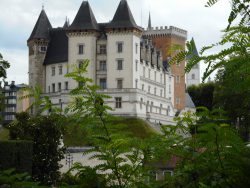 On a very long drive last summer from Rome to France’s Pays basque, along the Atlantic coast, we decided to make some tourist stops.
On a very long drive last summer from Rome to France’s Pays basque, along the Atlantic coast, we decided to make some tourist stops.
One of those stops was in Pau, a charming town nestled in the Pyrénées. Pau is the capital of the region of Béarn and offers a lot to see for visitors.
Had we had more than a night, we would have enjoyed using this town as a base to explore nearby towns and hikes in the surrounding mountains. But with only one day to explore we did our best to see the town’s main sites.
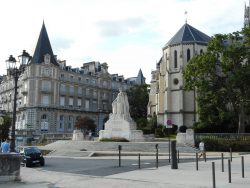 Pau’s most famous monument is its castle, which began as a medieval fortress and was most recently remodeled in the 19th century. The original structure was built in 1370, and sported triple line defenses for this strategic passage theough the mountains.
Pau’s most famous monument is its castle, which began as a medieval fortress and was most recently remodeled in the 19th century. The original structure was built in 1370, and sported triple line defenses for this strategic passage theough the mountains.
During the Renaissance the castle became the resident of Béarn’s viscounts, the royal court of Navarre.
In 1560, its ruler Jeanne d’Albret would declare the region a Protestant state, a decision that led to much violence during the religious wars between Catholics and Protestants. Her son, the future Henri IV, would become France’s king and the first Bourbon monarch.
Henri’s conversion to Catholicism was rather pragmatic, summed up by his infamous words “Paris is worth a mass.”
 Nevertheless, the region would not formally become part of France until much later, in 1620, when Henri’s son – Louis XIII – brought it under France’s rule.
Nevertheless, the region would not formally become part of France until much later, in 1620, when Henri’s son – Louis XIII – brought it under France’s rule.
The tour of the castle was quite interesting, especially because there is an impressive collection of furniture and artwork, including impressive Flemish and Gobelin tapestries.
My children most enjoyed the table that could seat 100 (in the aptly named Salle aux cent couverts) and the tortoise shell where – oddly – the infant Henri is said to have slept. Parents may want to think twice before trying this at home…
The castle gardens are extensive and make a pleasant walk after the castle tour.
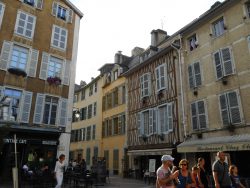 The town itself, with its mix of half-timbered medieval homes and luxurious 19th century villas, offers wide promenades and parks with views over the surrounding mountains.
The town itself, with its mix of half-timbered medieval homes and luxurious 19th century villas, offers wide promenades and parks with views over the surrounding mountains.
In the 19th century, Pau reinvented itself as a watering hold for wealthy foreigners, in particular the English. The area was known for its clean air and health benefits. Partly to appeal to this new demographic, in 1856, continental Europe’s first golf course was built at Pau.
That night, we enjoyed the local specialty: canard – duck. We had a platter of duck prepared in every conceivable way.
Pau was a wonderful stop-over on our long journey. One day I’d love to get back to explore more of Béarn and its pretty mountain views.

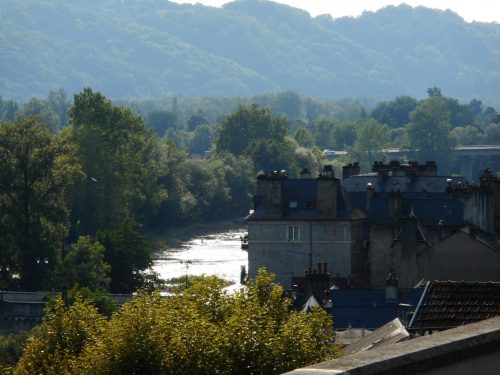
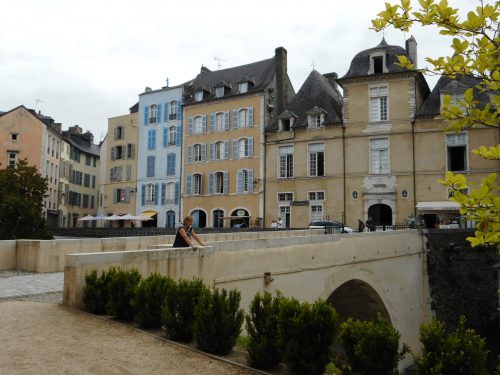
Another gorgeous part of France and a lovely city.
The problem is…. you have TOO many gorgeous places to visit in France, but I’m doing my best to hit them all. : )
I know!
We’re the best:)
Italy follows very closely. And the USA hide many treasures too.